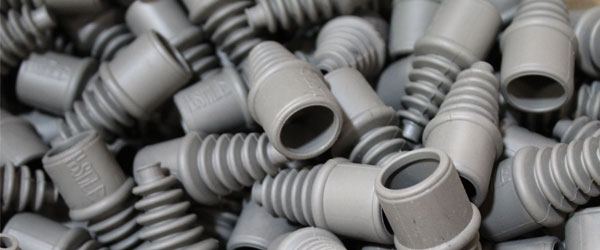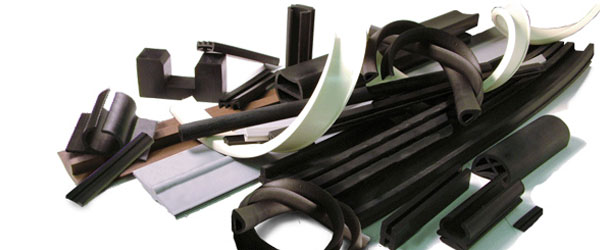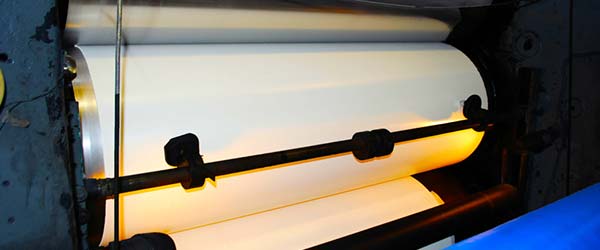I am blogging today about some general rubber mixing concepts for Butadiene and Butyl. This is just in the spirit of imparting lessons we’ve learned and research we’ve done here at Goodyear. These are ideas we’ve learned and accepted as true and necessary to consistently produce great batches of rubber. If there is anything I can do to be of assistance then please feel free to contact me a fsears@goodyearrubber.com or call us at 909-758-4715. We are a diverse manufacturer of custom rubber goods from mixing and compound development to world class molding, extrusion and calendered sheeting. So, without further ado…
Butadiene has the ability to absorb high filler and oil contents. At room temperature is has the tendency to cold flow; That is, Butadiene is very tacky and may deform during storage at room temperature. The viscosity of BR is much less temperature dependent than other polymers. Therefore, the lower bales of a BR pallet are compacted, deformed and harder to dose. BR absorbs almost any type of dirt particle in storage so it should be stored in clean environments and not on wood pallets. Butadiene is normally mixed with SBR. At elevated temperatures, it’s viscosity does not drop and becomes similar that of other polymers in the mix.
Butyl is not compatible with other diene polymers because other polymers absorb and react with the chemicals to a much larger extent. Even small residuals of other polymers will result in uncured areas of the Butyl compound. If not a dedicated line for Butyl, the line must be absolutely cleaned before mixing Butyl. As the viscosity of butyl is low, it is recommended to add all the beginning of the mixing cycle with the exception of the oil which should be added shortly before the filler incorporation is complete.
Thanks for tuning in. We’ll be back soon with another in depth topic for those of us really into rubber. Give us a call if there is anything we can do.
Flynn Sears
 (909) 987-1774
(909) 987-1774 Email Us
Email Us







